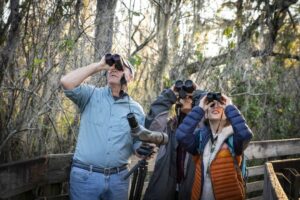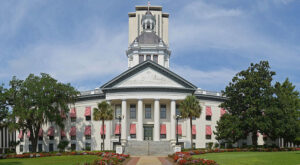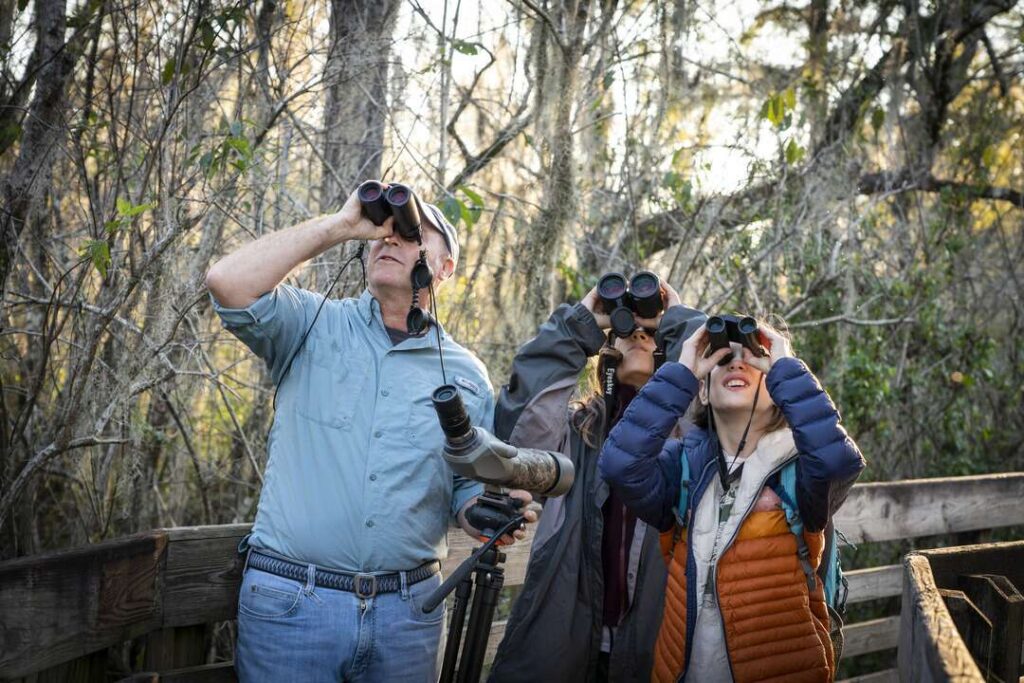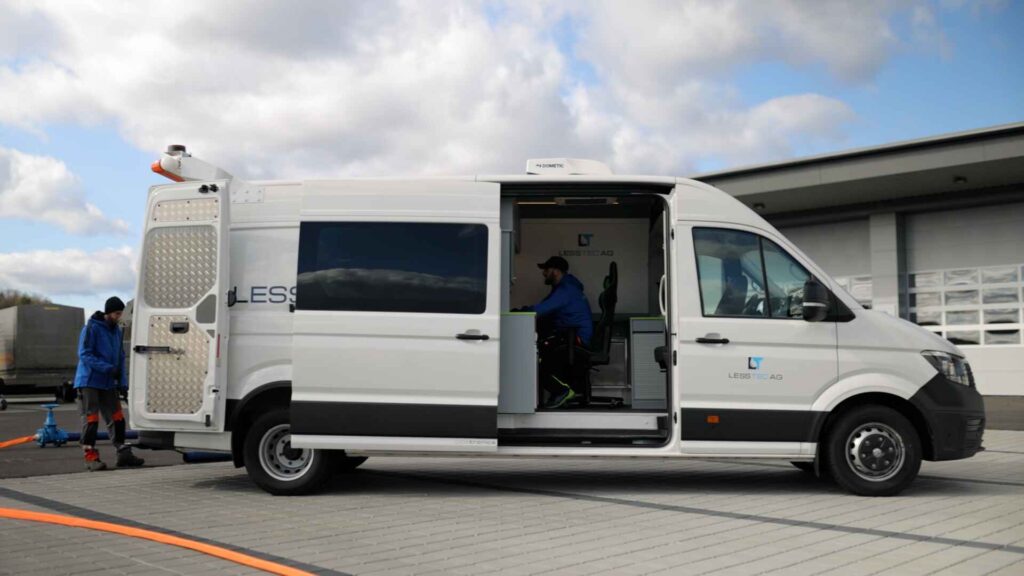By STAFF REPORTS
As a steward of more than 7,600 square miles in the heart of North Florida serving a population of about 360,000, the Suwannee River Water Management District (District) takes a multifaceted approach to sustaining its water resources in the midst of acres of agricultural land in a primarily rural area of the state.
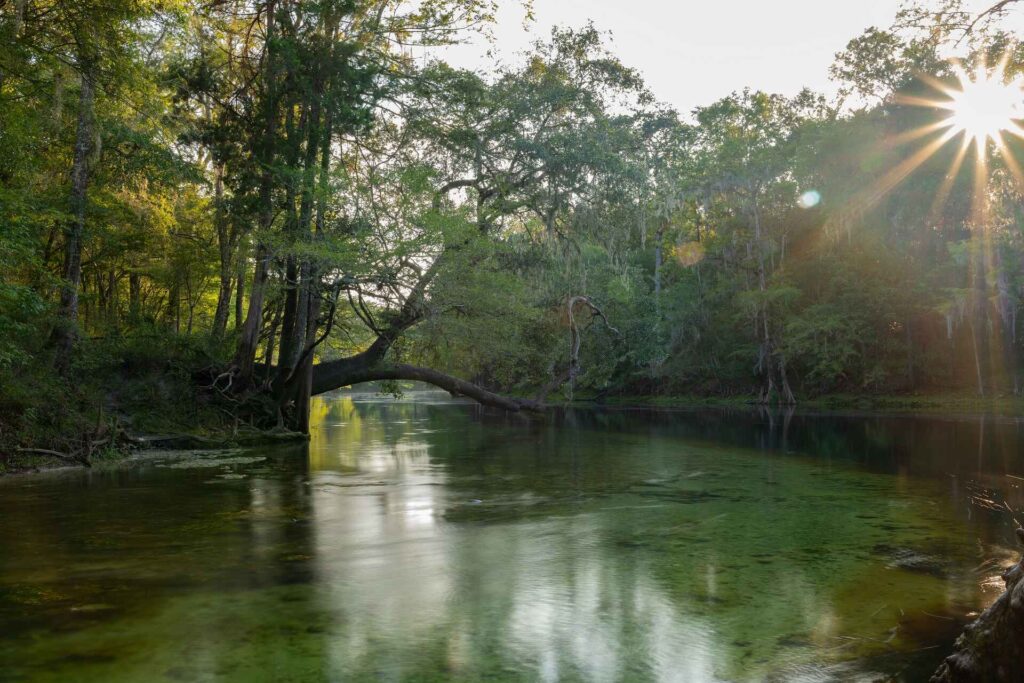
It is through interweaving agriculture and environmental projects that the District’s management team seeks to strike a balance to protecting its 13 river basins, numerous springs, while allowing farmers to produce and nature lovers to explore the land.
“Agriculture is deeply intertwined with our community’s heritage and prosperity,” said District Executive Director Hugh Thomas. “We believe it can also be a catalyst for sustainable water resource management if approached thoughtfully.”
Agriculture has long been the bedrock of North Florida’s identity, providing sustenance and livelihoods for generations. Yet, this sector also presents unique challenges to water resources, from nutrient runoff to pesticide use and high-water consumption. District leadership recognizes the pivotal role that agriculture plays in shaping the region’s water quality and quantity. Rather than viewing agriculture as a challenge, it is seen as an integral part of the solution.

Agriculture is playing a role in the implementation of well over 20 different practices and technologies that help increase water use efficiency along with reducing nutrient loading to land surface and groundwater. These best management practices help the producer do more with less while helping conserve and protect our natural resources in the Suwannee Valley.
One of the cornerstones of the District’s approach is the recognition that agriculture can play a significant role in the restoration of water resources. By implementing innovative practices, farms can serve as allies in the mission to improve water quality and protect ecosystems.
Leroy Marshall, Chief Professional Engineer of the Office of Agriculture and Environmental Projects, said this is accomplished through best practices and education.
“We encourage practices like precision agriculture, cover cropping, and nutrient management that not only benefit farmers but also contribute to water quality improvements,” said Marshall. “It’s a win-win for agriculture and the environment.”
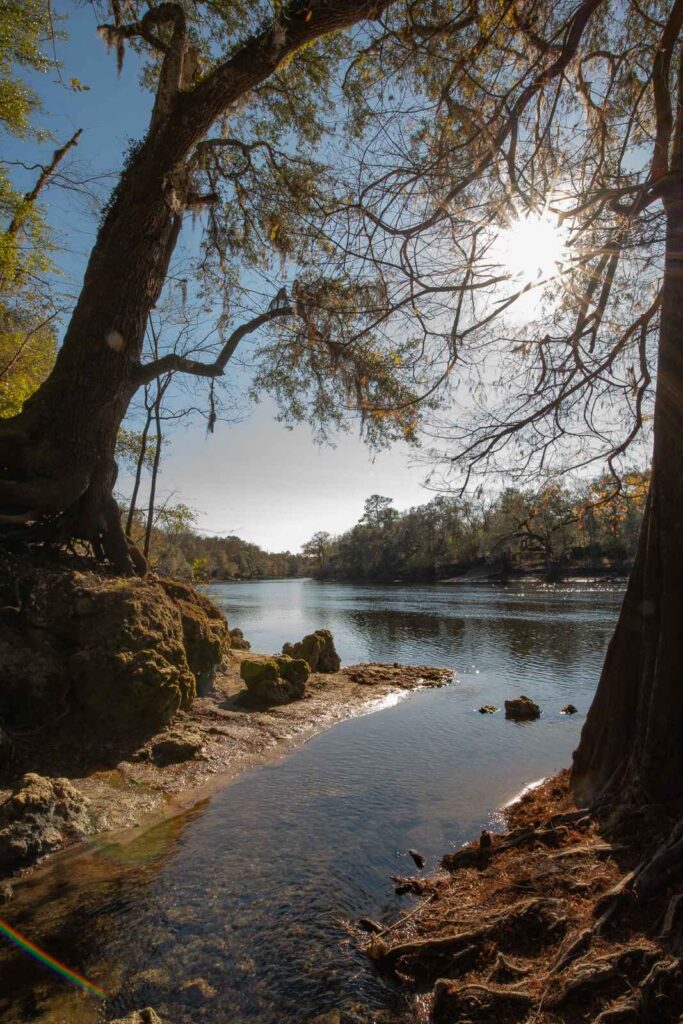
The District’s commitment to environmental projects is evident in its multifaceted initiatives aimed at restoring and preserving the region’s water resources. From wetland restoration to groundwater recharge, these projects serve as blueprints for healing and nurturing the environment.
Various types of project assist in these efforts, including septic to sewer conversions; upgrades to wastewater facilities to attain advanced water quality and public access reuse; natural system restoration to protect spring pools and riverbanks; partnerships on conservation easements and land acquisition to protect resources; and reducing landscape irrigation demand with a focus on Florida Friendly Landscaping.
“Environmental projects are designed to not only restore but also to enhance the ecological health of our water bodies,” said Marshall. “They provide valuable lessons for sustainable coexistence.”
Land conservation is another key element of the District’s broader strategy. By acquiring and conserving critical lands, the District creates buffers that protect water resources from pollution and encroachment and flooding. These protected areas also serve as reservoirs for groundwater recharge, contributing to long-term water availability.
”You can’t make new land,” said Marshall. “That is why land conservation is such a vital tool in our natural systems restoration toolbox. It’s an investment in the future of our communities and ecosystems.”
Innovation and research are the driving forces behind the District’s approach to the intersection of agriculture and environmental projects. The District partners with local universities, research institutions, and farmers to explore and implement cutting-edge techniques that benefit both sectors. One such project includes working with the University of Florida /IFAS and Alliance Dairies to evaluate the water conservation benefits of using cow-sensing technology for automated cow cooling in freestall barn environments. The District has also partnered with the Florida Department of Agriculture to evaluate crop yields using slow-release fertilizer.
The path to reconciling agriculture and environmental projects is not without challenges. Balancing the needs of agriculture with those of the environment, securing funding for conservation, and ensuring compliance with best practices all require sustained effort and commitment.
“We are acutely aware of the challenges, and we are unwavering in our dedication to marry the protection of our water resources with the needs for land use and growth,” said Thomas. “We will continue to seek partnerships, invest in research, and work closely with our community to find solutions.”
For more information about the Suwannee River Water Management DistrictDistrict, please visit www.mysuwanneeriver.com.

